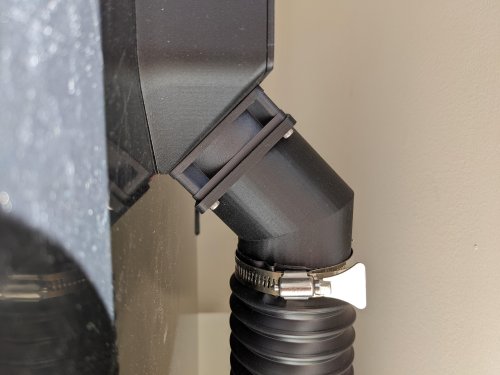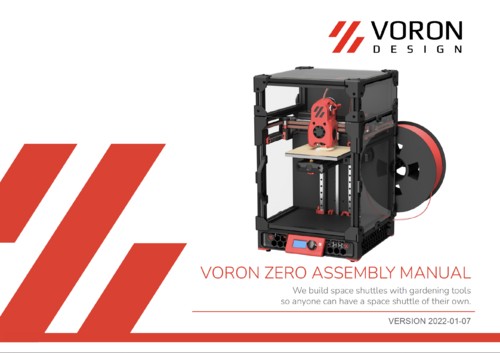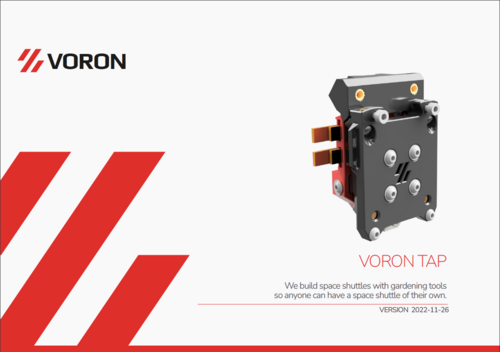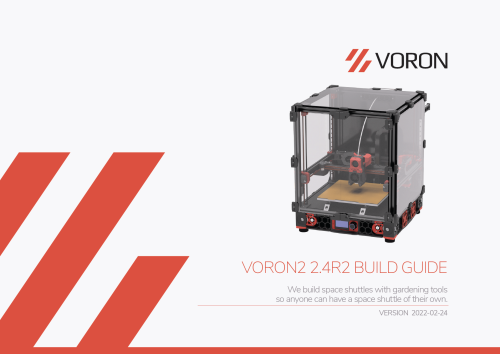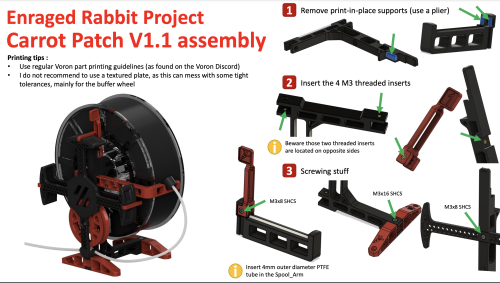-
TeamFDM.com is an UNOFFICIAL companion site for the DIY Voron 3D printer community. For official docs and final source of truth, visit the Official Voron Discord or the Voron Github
-
 Welcome to TeamFDM.com
Welcome to TeamFDM.com
Welcome to TeamFDM.com, your premier destination for dedicated Voron support, guides, and discussions focused on the highly popular Voron 3D printers. As the largest Voron forum on the internet, we pride ourselves on being an independent resource for comprehensive tutorials and guides, providing an alternative to the Official Voron Discord or Official Voron Reddit.
Please note that we are not officially affiliated with or endorsed by the Voron Design team.TeamFDM.com is the perfect place for enthusiasts of all ages and skill levels to come together and explore the world of Voron Designed 3D Printers and accessories. Our thriving community, now over a year old, invites you to join us in welcoming fellow hobbyists as we work together to build, troubleshoot, and celebrate the incredible capabilities of Voron 3D printers.
Begin your Voron journey by visiting our forum (or bulletin board), where you can search for answers, ask questions, and receive support for your build. Discover the value of TeamFDM.com and the vibrant Voron community today!
-
Featured Topics
-
Vendor Forum Feed
-
- 52 replies
- 34,183 views
-
-
Latest Activities
-
4
Orca Slicer Issues?
Well, that will be a mystery because I was working with the profiles as far as I remember, and I assigned a colour to the filament profile and when re-checked the "Compare" now as far as I can tell they looked as they should...... Anyway, thank you for checking it. Hopefully, there are not any major bugs that can damage the printer(s). Sidenote, it blows my mind how demanding users have become with open source projects. We pay NOTHING but still we demand from the developers to fix "our" bug tomorrow!!! I remember the days, working with SGI, Sun etc. and we open support cases on major bugs and if they are fixed within six months, we had a party -
304
Milo V1.5 CNC Bench Mill - Water Cooled - Casa Enclosure
Plumbed in the MQL today. Because of the lack of space, I mounted the reservoir on top of the Casa. The final step is to wire the solenoids to the air and mist relay.- 2
-

- selfsourced
- milo v1.5
- (and 3 more)
-
6
learning the basics of 3D printing
I've pretty much given up on figures on FDM. I can get 28mm mostly ok, but any kind of fine detail falls apart quickly. For those (and 15mm which I will want to do also) resin is preferred. I grabbed a Saturn 4 Ultra and cleaning station, just need to clear a space and acquire the supporting gear to safely run it. Getting supports dialed in is a big step to get over for detailed prints. That's part of what pushed me over to Orca and deal with the painful transition from SuperSlicer. Their organic tree supports are great once you get things dialed in. I have it to the point sometimes the supports stay on the plate when I remove the part. -
4
Orca Slicer Issues?
I'm on Windows. That is really odd, maybe uninstall & reinstall. -
6
learning the basics of 3D printing
Well, I’ve been struggling with small, delicate parts too—it’s one of the trickiest aspects when you're learning 3D printing. A few things helped me: slowing down print speed, lowering layer height, and adjusting support settings made a huge difference. Also, switching to resin for detailed miniatures gave much better results than FDM for those fragile features. I started using models from Gambody since they’re designed specifically with game characters in mind and tested for both FFF and resin printers. Their STL files come with detailed guides, which helped me understand how to position and print complex shapes without constant trial and error. It’s also useful to reinforce thin areas in the slicer before printing. Still learning every day, but refining print settings and using purpose-built files has made things smoother and less frustrating, especially when working on intricate game model pieces.
-

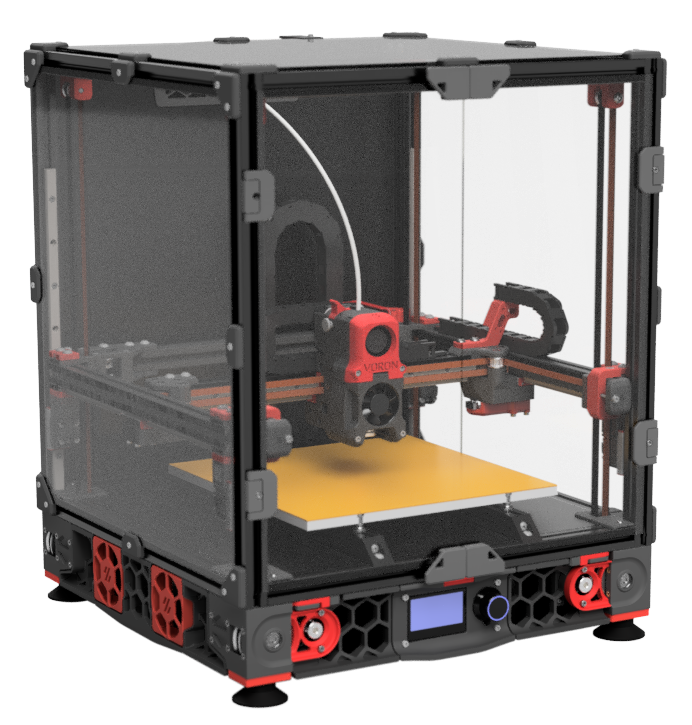


.thumb.jpeg.535b917012263958b70c15ea6dd9b5c5.jpeg)


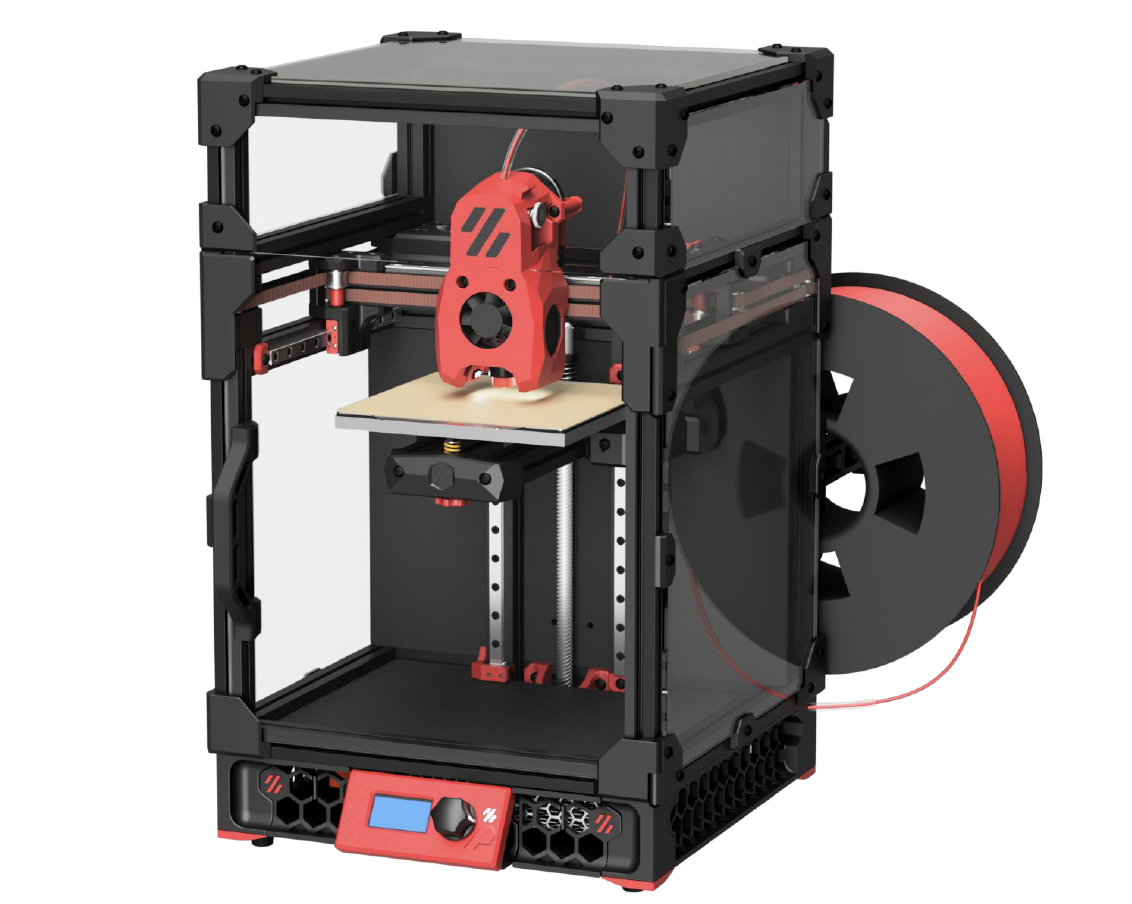


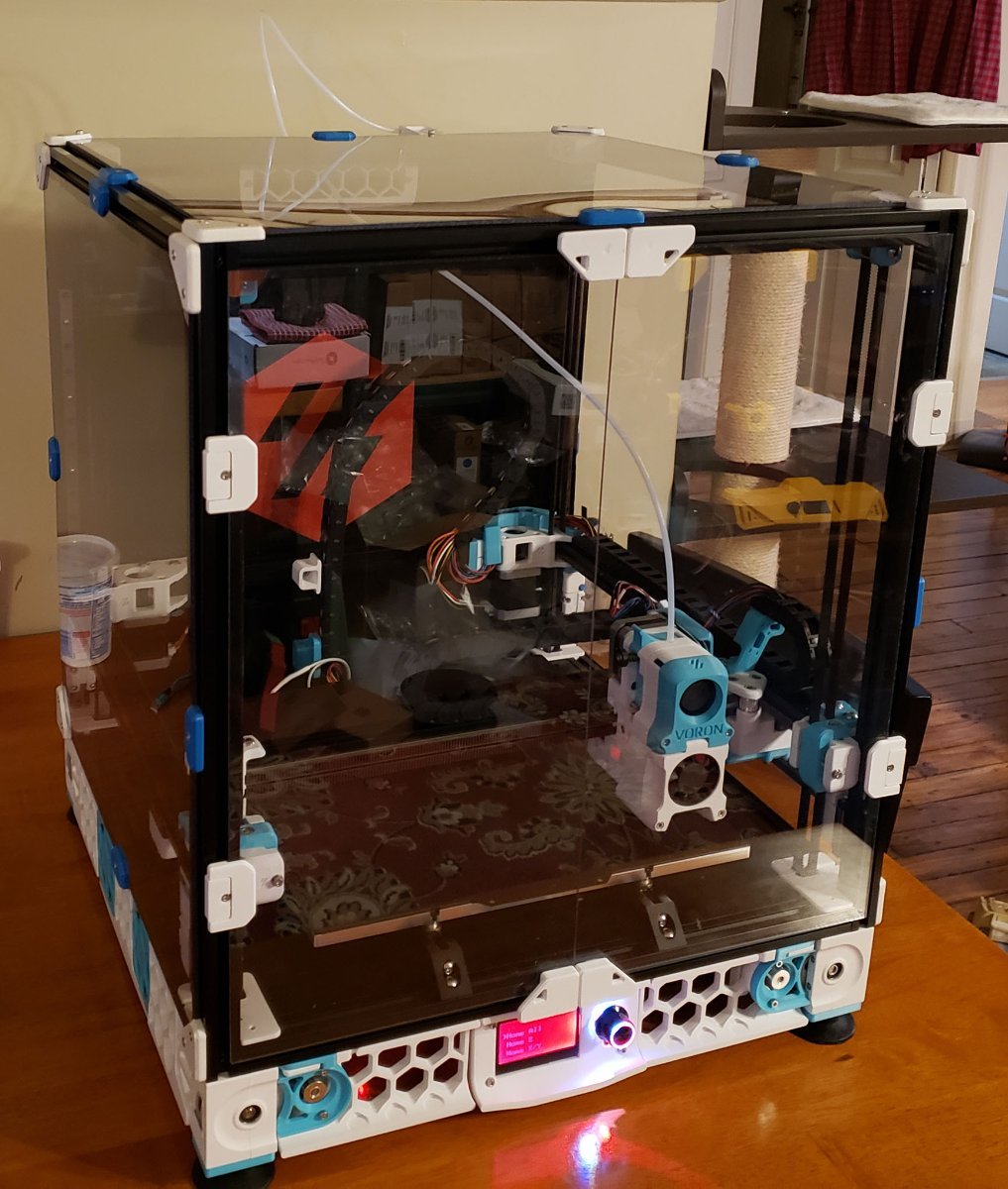
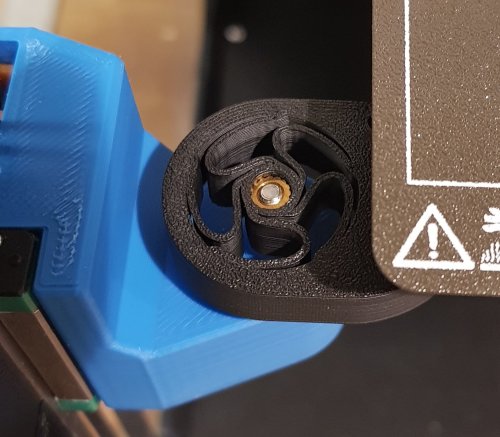

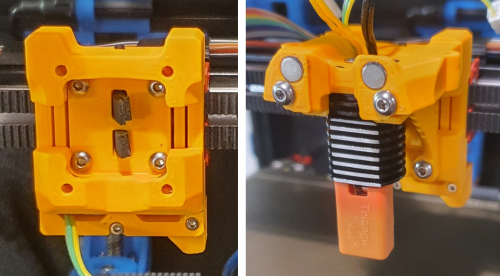
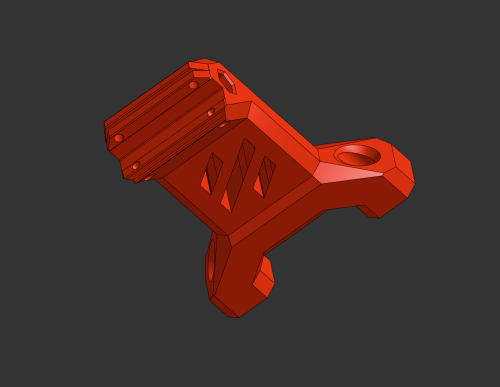
.thumb.jpg.2c879d60315f8d86612bb06a137c204a.jpg)
